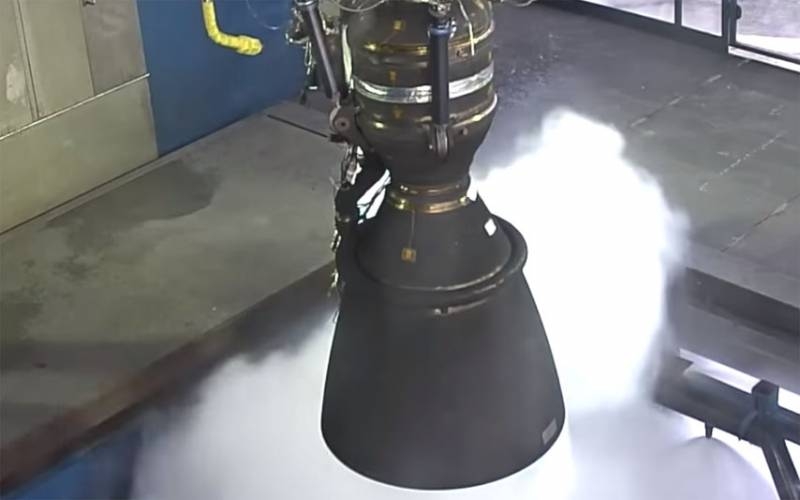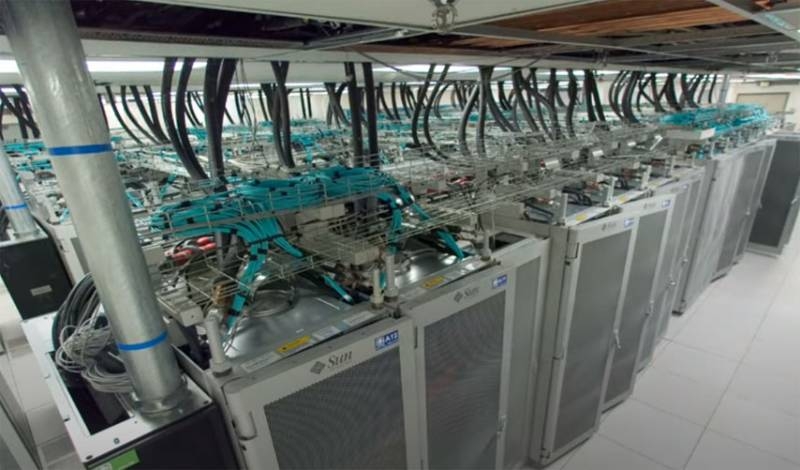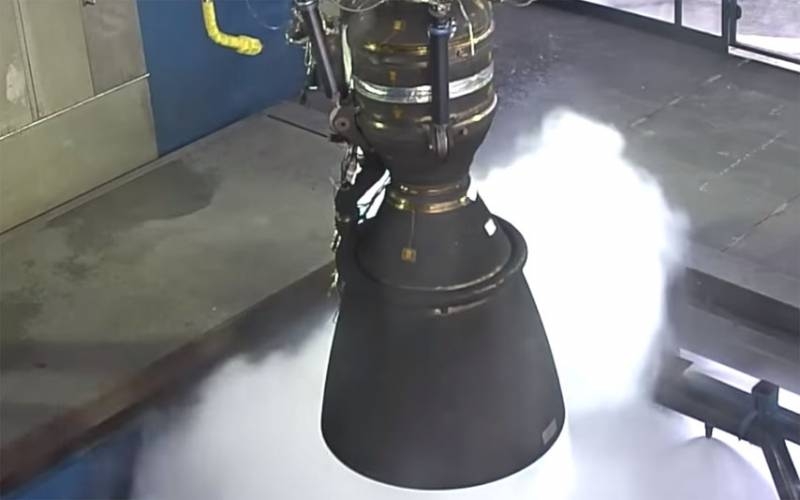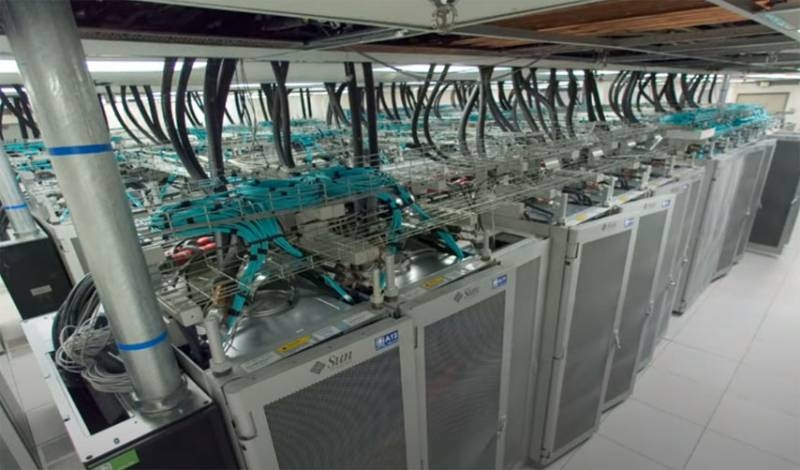
Under the heading “Let's talk about science” a topic of research is proposed for discussion, aimed at reducing the time of testing rocket engine models.
The essence of the problem for developers is, huge resources are being spent, including time and finances, for engine testing, intended for the rocket industry. Almost any change made to the engine design requires a new test process, which is not always possible due to a variety of circumstances.
It would seem, computer technology comes to the rescue, allowing to simulate test processes for rocket engines. But here, not everything is simple.
University of Texas Researchers (USA) published a report, which states, that even with a supercomputer, satisfactory test data can be obtained only a few weeks after the start of the computer simulation process. An example is the analysis of the SpaceX Merlin rocket engine.. The work on modeling the workflow of its latest version was carried out for several months, which did not satisfy any customers, nor the modeling experts themselves.
Karen Willcox, lead research team, reports on the development of new “scientific machine learning” methods to speed up the testing process, to solve the problem of the duration of this test. It's about a method, which combines scientific computing with machine data, using including physical modeling. The new approach, as Dr. Willcox says, uses the ability to reduce the size order of the power plant during the simulation, significantly reduced testing time.
When engineers create rocket engines, it’s important to receive timely information about, how not the whole installation will behave, and its specific block, node. When considering this or that design, when making changes to this design. Using the method of machine analysis of a reduced propulsion system is not always possible, but to get key results, it can be applied and passed to designers, according to representatives of the research group.

In particular, new method using “machine learning” was used to calculate the parameters of fuel combustion in the engine chamber. Using a computer model, specific scenarios were obtained during the operation of the injector. Based on the analysis of these scenarios, pressure field graphs were created., velocity, chemical composition of combustion products, their temperature. In turn, these data helped researchers create a reduced-order engine model of operation, and “train computer” accelerated analysis.
Scientists themselves call the method - from particular to general through intermediate data.
from the report:
This work option allowed us to generate results with subsequent computer processing for about two hundred hours. Based on the experience gained, the machine now goes on to “self-learn” to speed up the analysis procedure.. This is a kind of repetition of processes on a simulator. planned, that when improving the process, the analysis of the rocket engine can take only a few seconds.
Dr. Uillkox:
Of course, this method will not solve multilevel problems of testing rocket engines. But at the first stage, it will definitely allow saving resources on the analysis of master data, reduce process time, providing high results.
For reference: SpaceX Merlin rocket engine refers to liquid. Has several modifications, including Vacuum 1D. Weight – to 500 kg. Deadlift at sea level – about 850 kN. Working hours – to 375 from (depending on the modification). Combustion chamber pressure – 97 atm. First used at launch in September 2013 of the year.

Under the heading “Let's talk about science” a topic of research is proposed for discussion, aimed at reducing the time of testing rocket engine models.
The essence of the problem for developers is, huge resources are being spent, including time and finances, for engine testing, intended for the rocket industry. Almost any change made to the engine design requires a new test process, which is not always possible due to a variety of circumstances.
It would seem, computer technology comes to the rescue, allowing to simulate test processes for rocket engines. But here, not everything is simple.
University of Texas Researchers (USA) published a report, which states, that even with a supercomputer, satisfactory test data can be obtained only a few weeks after the start of the computer simulation process. An example is the analysis of the SpaceX Merlin rocket engine.. The work on modeling the workflow of its latest version was carried out for several months, which did not satisfy any customers, nor the modeling experts themselves.
Karen Willcox, lead research team, reports on the development of new “scientific machine learning” methods to speed up the testing process, to solve the problem of the duration of this test. It's about a method, which combines scientific computing with machine data, using including physical modeling. The new approach, as Dr. Willcox says, uses the ability to reduce the size order of the power plant during the simulation, significantly reduced testing time.
When engineers create rocket engines, it’s important to receive timely information about, how not the whole installation will behave, and its specific block, node. When considering this or that design, when making changes to this design. Using the method of machine analysis of a reduced propulsion system is not always possible, but to get key results, it can be applied and passed to designers, according to representatives of the research group.

In particular, new method using “machine learning” was used to calculate the parameters of fuel combustion in the engine chamber. Using a computer model, specific scenarios were obtained during the operation of the injector. Based on the analysis of these scenarios, pressure field graphs were created., velocity, chemical composition of combustion products, their temperature. In turn, these data helped researchers create a reduced-order engine model of operation, and “train computer” accelerated analysis.
Scientists themselves call the method - from particular to general through intermediate data.
from the report:
This work option allowed us to generate results with subsequent computer processing for about two hundred hours. Based on the experience gained, the machine now goes on to “self-learn” to speed up the analysis procedure.. This is a kind of repetition of processes on a simulator. planned, that when improving the process, the analysis of the rocket engine can take only a few seconds.
Dr. Uillkox:
Of course, this method will not solve multilevel problems of testing rocket engines. But at the first stage, it will definitely allow saving resources on the analysis of master data, reduce process time, providing high results.
For reference: SpaceX Merlin rocket engine refers to liquid. Has several modifications, including Vacuum 1D. Weight – to 500 kg. Deadlift at sea level – about 850 kN. Working hours – to 375 from (depending on the modification). Combustion chamber pressure – 97 atm. First used at launch in September 2013 of the year.











